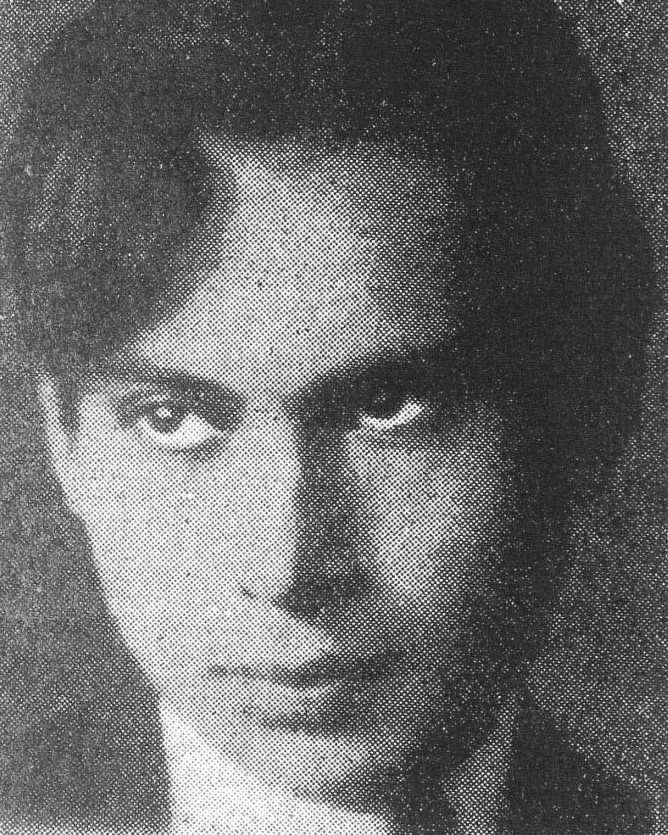Meyer-Miron KODKINE
January 2, 2019Arthur KOLNIK
January 2, 2019Ismak KOGAN
EKATERINOSLAV (UKRAINE) 1898 – DEPORTED 1943
Ismak Kogan grew up in a family of nine. His father, who was a cabinetmaker, did not oppose his son’s early departure for the School of Fine Arts in Odessa. In 1919, he had to stop studying because of the civil war. He left for Moscow, where he joined the School of Fine Arts. He lived in the Chisinau region for two years before leaving for Berlin, where he attended a painting academy. Ismak Kogan took an interest in anatomy and mostly painted nudes. He got in touch with the avant-garde in Berlin and decided to continue to study in Paris in 1924. As he suffered from tuberculosis, Kogan left Paris and moved to a sanatorium, where he met Frieda Mandelstamm. They got married in 1926 and moved to Le Vaudoué, where Frieda opened the family hotel Les Bruyeres. Many artists and emigrants from Eastern Europe stayed in the hotel. Their son Jankel was born there in 1934. Kogan worked as a painter in Le Vaudoué and often returned to his studio in Paris at rue Jules-Chaplain, in the 6th arrondissement.
He was arrested and interned in 1941 in Pithiviers and was then released for health reasons. He was arrested again in Paris, at rue Blanche, where he was hiding. He was interned in Drancy in November 1942. Kogan, Frieda, and her family were deported to Auschwitz on convoy number 46 on February 9, 1943. They were murdered by the Nazis.
Stories of Jewish Artists of the School of Paris 1905-1939
FRENCH-ENGLISH
Capitale des arts, le Paris des années 1905-1939 attire les artistes du monde entier. De cette période de foisonnement, un terme est resté, celui d'Ecole de Paris, qui recouvre une grande diversité d'expression artistique. Dans ce brassage dont Montparnasse est le creuset, un groupe se distingue : celui des artistes juifs venus de Russie, de Pologne et d'Europe centrale. Si leurs styles sont variés, un destin commun les rassemble : ils fuient l'antisémitisme de leur pays d'origine. Certains ont connu la célébrité dès les années 1920, tels Soutine, Lipchitz ou Chagall. D'autres n'ont pas eu le temps ou la chance d'y accéder. Près de la moitié a péri dans les camps de concentration nazis.
From 1905 to 1939, Paris attracted artists from all over the globe as the capital of the art world. This period of artistic proliferation became known as the School of Paris, and includes a great diversity of artistic expression. Within the teeming art world centred on Montparnasse, one group set itself apart: Jewish artists from Russia, Poland, and Central Europe. Although their styles were diverse, they shared the common fate of fleeing anti-Semitic persecutions in their home countries. Some became famous in the 1920s, such as Soutine, Lipchitz, and Chagall, while others did not have the time or the luck to gain renown. Nearly half of these artists died in Nazi concentration camps.





